The following tables show standard dimensions for keys and their grooves.
Search in blog
Blog categories
Latest posts

Motor Direction

Clearance hole chart for inch bolts and screws according to ASME B18.2.8

One of the earliest forms of comparison. The pigment/binder ratio is the weight ratio of the sum of the pigments...
Popular posts





Featured posts
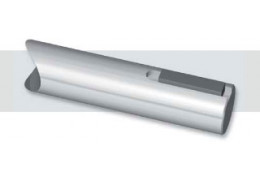




Blog tags
Photo gallery
No featured images
Archived posts
Top authors
Tank Cleaning Equipment Choices
Tank Cleaning Equipment Choices
Cleaning Process tanks used in the manufacture of high viscosity products and products that are not dissolved by the cleaning solution is a huge challenge facing manufacturing.
Washing your tanks is not a simple feat. In many plants this duty falls to the least experienced operators and involves; rags, scrapers, solvents, and TIME.
With the move toward water-based system, there is NO suitable solvent that actually dissolves your products. In today's systems, with this in mind, the “cleaning” solvent is more of a lubricant and carrier for the buildup removed from the tank walls. Typically a low boiling point solvent such as a mineral spirits is used as the cleaning media. Since the solvent will not dissolve your product mechanical action is required. A floppy brush system simply does not exert enough pressure to effectively clean your tanks. A stiff brush system will function better. A driven brush exerts more pressure and can be the best alternative for viscous products and partially cured systems.
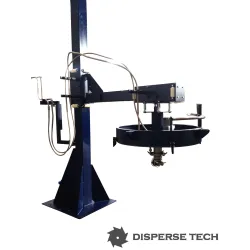
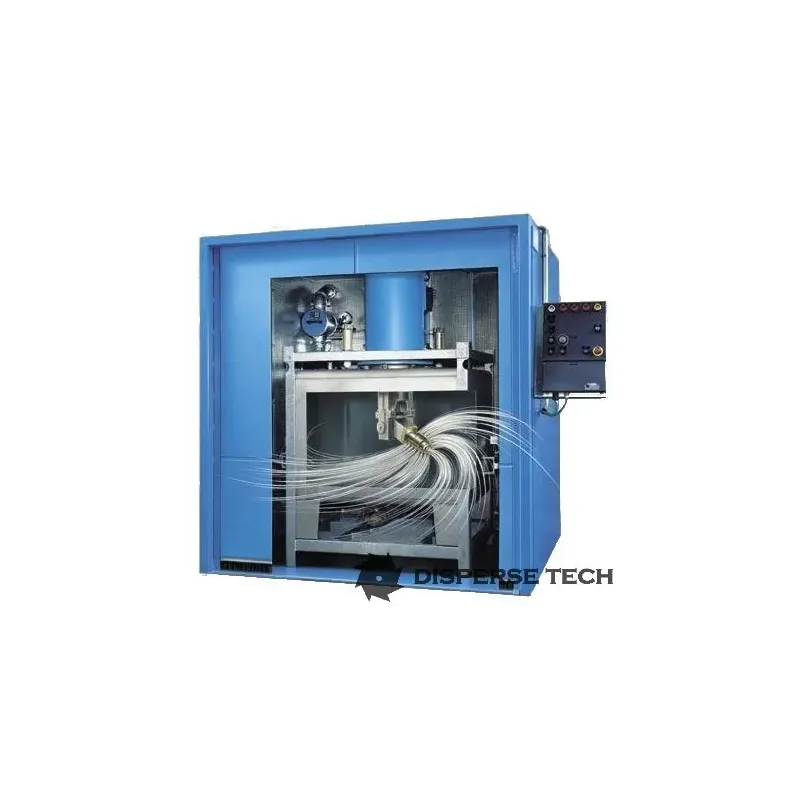
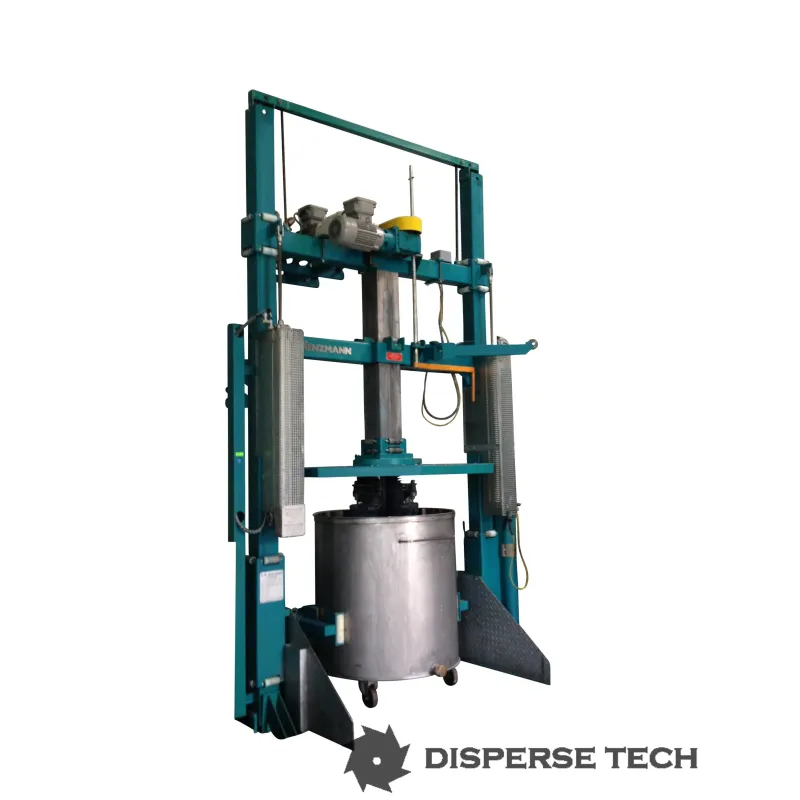
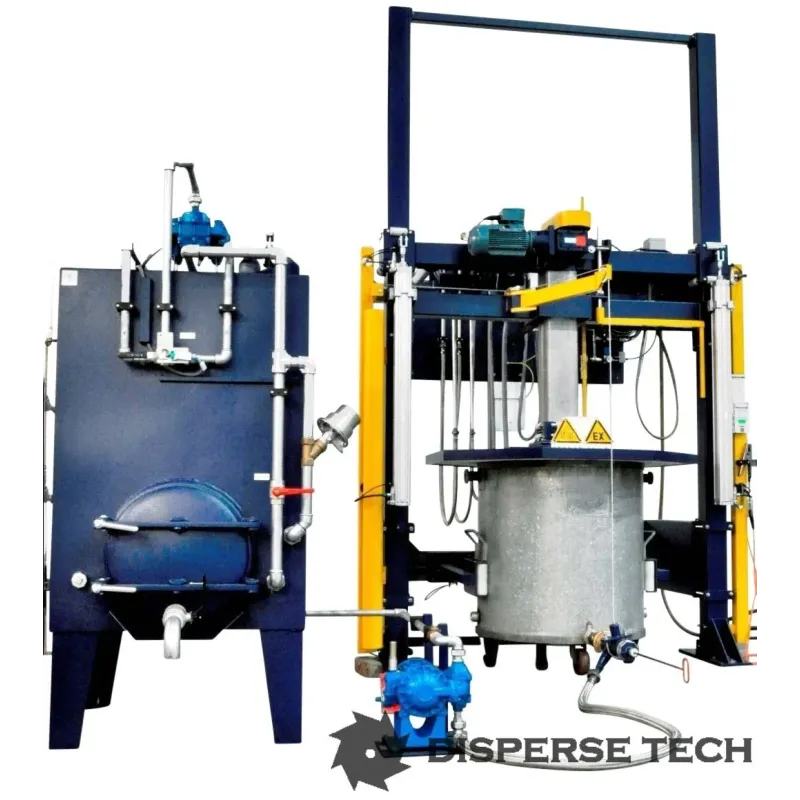
TYPE

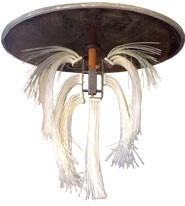


Mechanism
Cleans with solvent pressure only. Relies on solvent to dissolve/cut tank build up.
Cleans with the mechanical action of brushes.
Cleans with the mechanical action of brushes.
Cleans with the mechanical action of brushes.
Brush Pressure
N/A
Pressure on brushes result from centrifugal force.
Cleans with sides of brushes. Pressure is spread across larger brush surface in contact with tank walls and bottom.
Pressure on brushes result from centrifugal force.
Stiffer brush design concentrates force to tips of brush results in higher scrubbing pressures.
Torque generated from large geared shaft complements centrifugal pressure on brushes.
Stiffer brush design concentrates force to tips of brush results in higher scrubbing pressures.
Tanks
Round and Irregular shaped vessels
Round and Irregular shaped vessels
Round tanks ONLY
Round tanks ONLY
Latest posts

The following tables show standard dimensions for keys and their grooves.

Motor Direction

Clearance hole chart for inch bolts and screws according to ASME B18.2.8

One of the earliest forms of comparison. The pigment/binder ratio is the weight ratio of the sum of the pigments...
Popular posts




Leave a comment
Related posts
 JACKETED TANKS AND THERMAL SHOCK
JACKETED TANKS AND THERMAL SHOCK
 Properties of Common Solvents
Properties of Common Solvents
 TANK DESIGNER
TANK DESIGNER


Latest comments